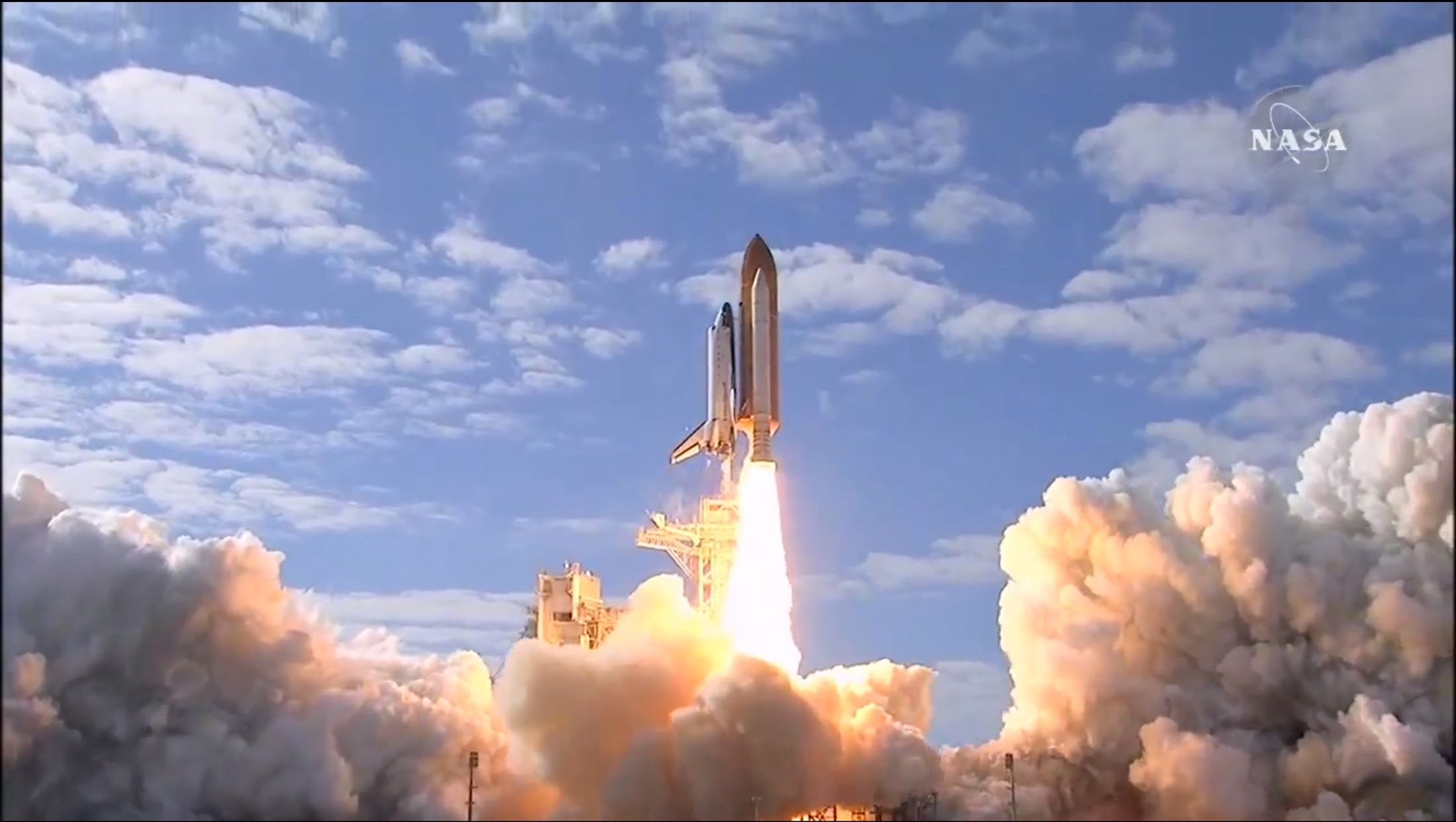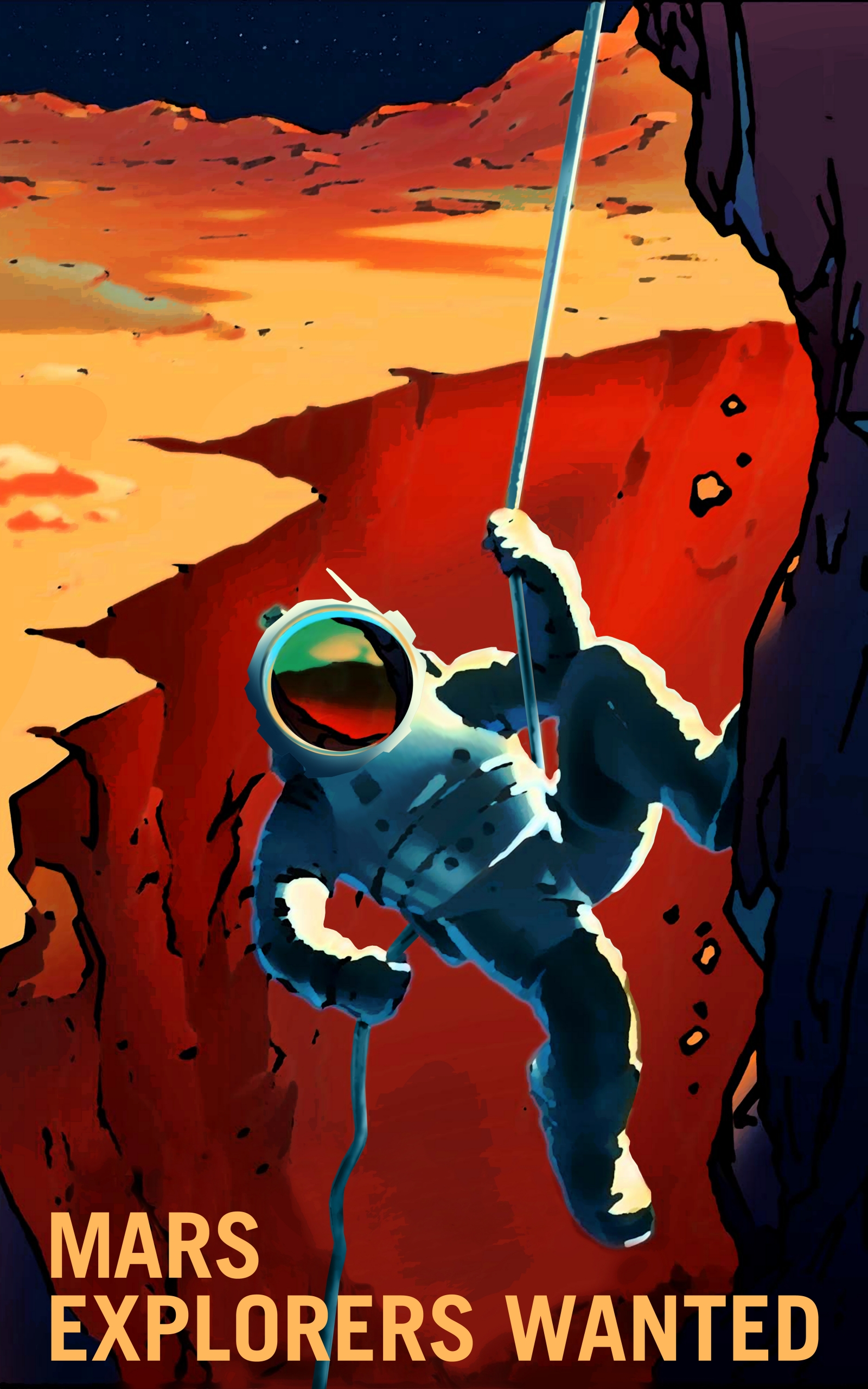

Now, though, Nelson seems to have had a change of heart. Kay Bailey Hutchison, a generation of US senators and representatives has gone along with these expensive programs because they provide jobs in all 50 states. Nevertheless, following in the wake of Nelson and Sen. Rather, they argued that because the SLS used "heritage hardware," such as the main engines from the space shuttle and similar side-mounted boosters, development would be faster and less expensive. When policymakers first announced the SLS rocket, they pushed back on the idea that it was a program to keep shuttle contractors gainfully employed. Development of the SLS rocket has now taken 11 years, and including ground systems, it has racked up more than $20 billion in cost-plus awards for contractors. The project has since become a bloated mess. The SLS rocket has become a poster child for critics of NASA who say the agency has become a "jobs program." By design, more than a decade ago, the major contractors who worked on the space shuttle program-including Boeing and Northrop Grumman-moved smoothly from cost-plus contracts for that vehicle to similar contracts for the SLS rocket.
#Nasa space shuttle posters series#
When he was a US senator, Nelson was a key architect of the Space Launch System rocket, which has been funded by a series of lucrative cost-plus contracts since 2011. This comment was all the more remarkable coming from Nelson, a former senator, speaking to his one-time colleagues on the Commerce, Justice, Science, and Related Agencies Subcommittee. You get it done cheaper, and that allows us to move away from what has been a plague on us in the past, which is a cost-plus contract, and move to an existing contractual price." "You get it done with that competitive spirit. "I believe that that is the plan that can bring us all the value of competition," Nelson said of fixed-price contracts.
#Nasa space shuttle posters plus#
Such awards pay contractors their expenses, plus a fee.įurther Reading NASA will award Boeing a cost-plus contract for up to 10 SLS rockets This contracting mechanism is relatively new for the space agency, which traditionally has used "cost-plus" contracts for large development programs.

He said Congress needs to fund this lander contract with a fixed-price award, which only pays companies when they reach milestones. In other words, he wanted Congress to support NASA's request for funding to develop a second lander alongside SpaceX's Starship vehicle.īut Nelson didn't stop there. Nelson responded that the agency needed competition in its program to develop a Human Landing System.

Then, quite unexpectedly, he dropped a bombshell.Īfter his opening remarks, Nelson was asked what, in his opinion, was the biggest threat to NASA's goal of landing humans on the Moon by 2025. NASA Administrator Bill Nelson appeared before a US Senate Appropriations subcommittee on Tuesday to discuss NASA's budget request for the upcoming fiscal year.


 0 kommentar(er)
0 kommentar(er)
